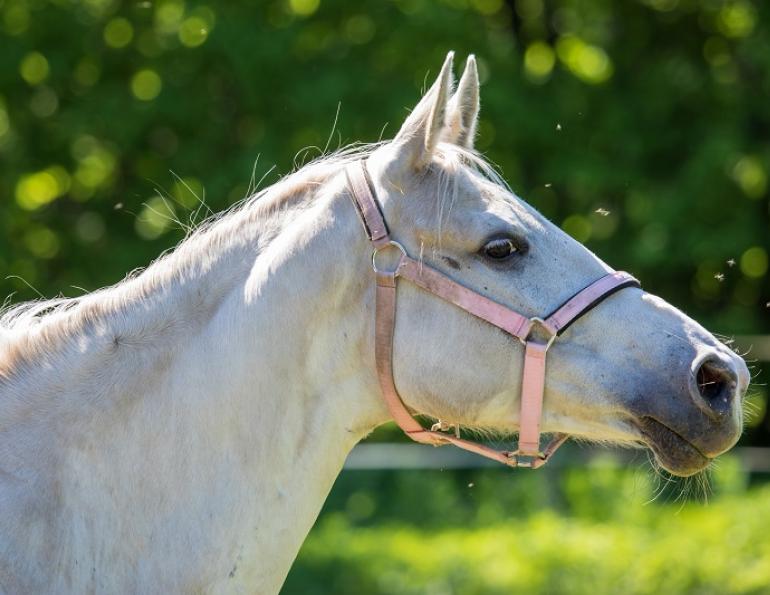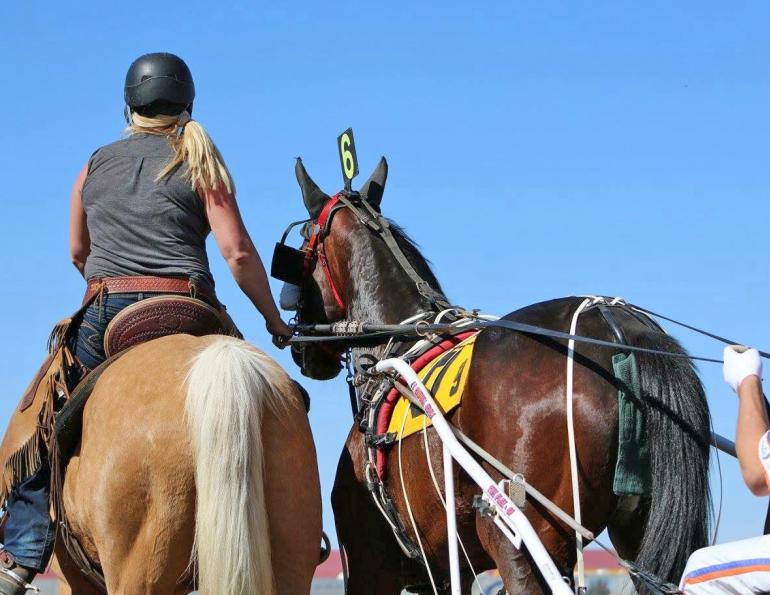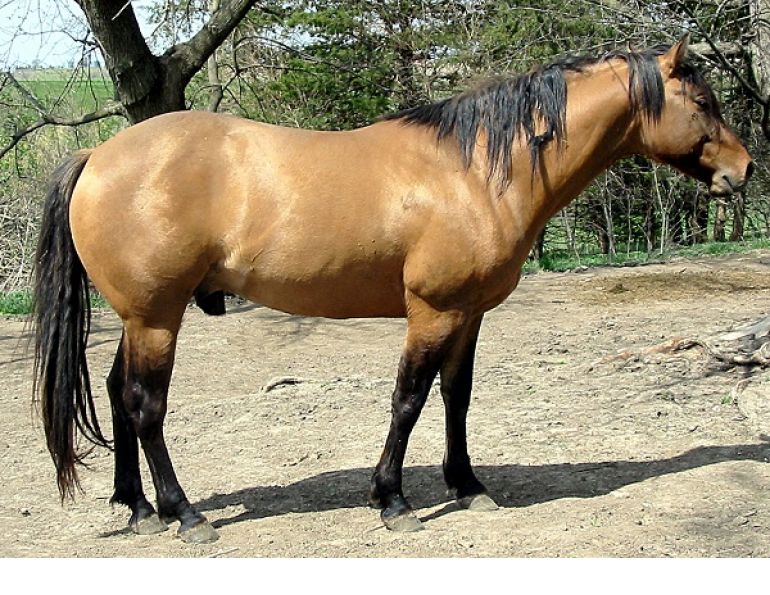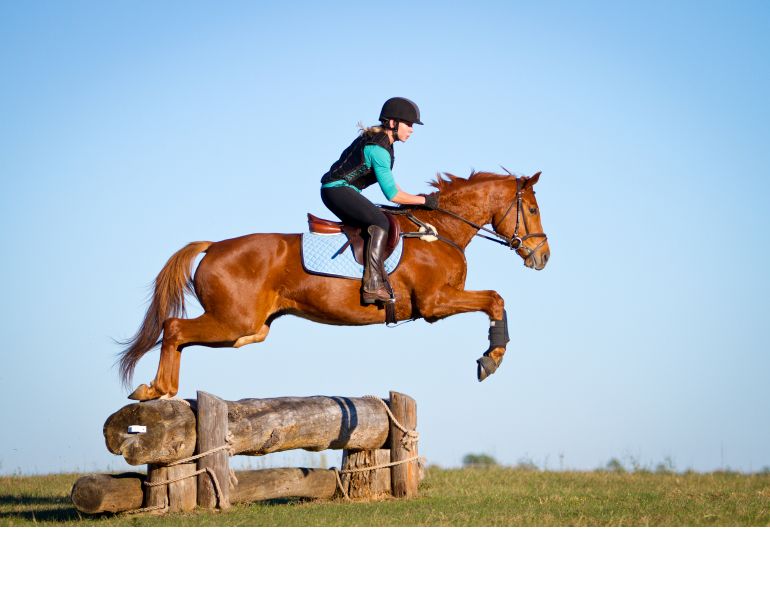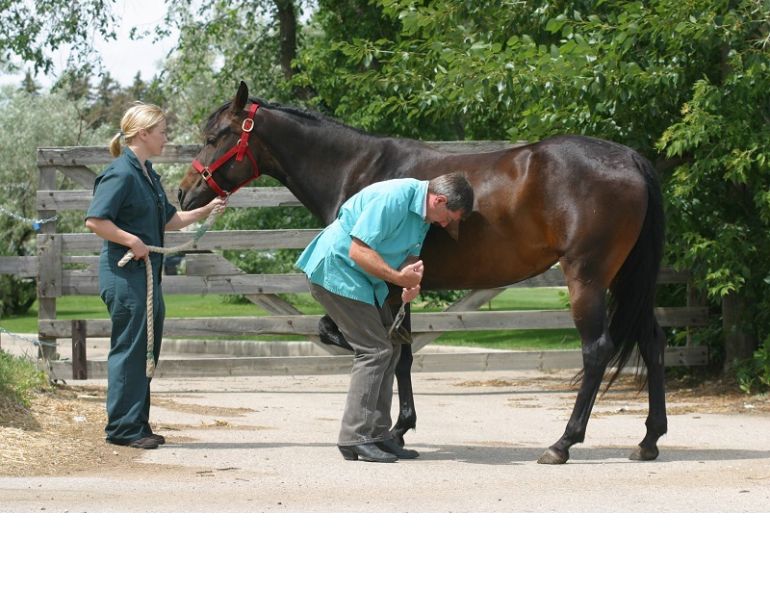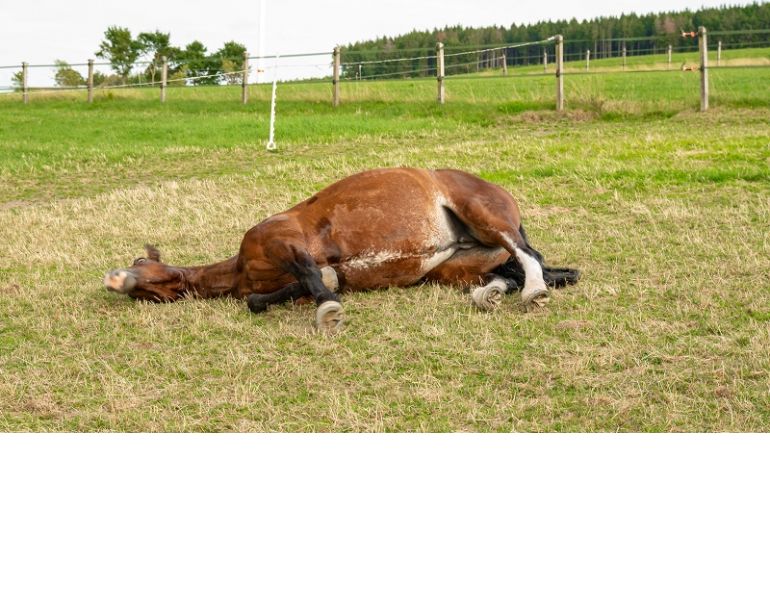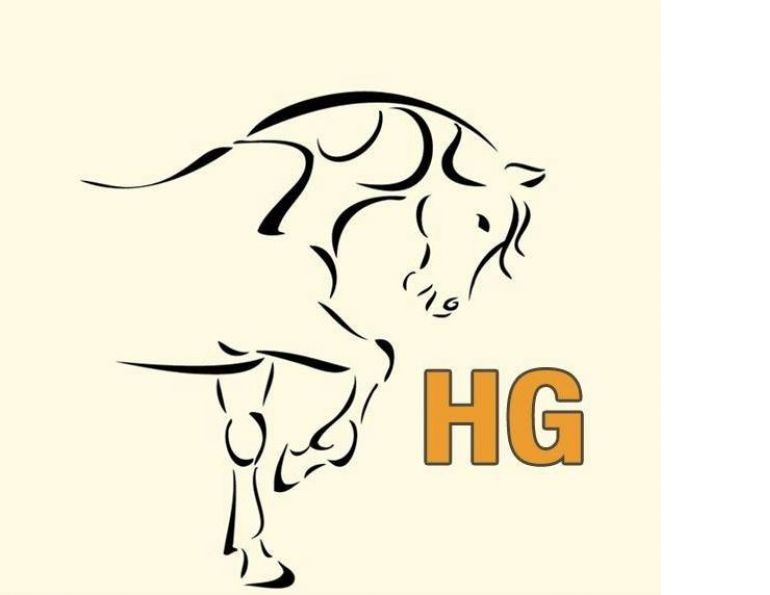By Kentucky Equine Research
Eastern equine encephalitis (EEE), also known as sleeping sickness, is a viral disease that affects horses, some other animals, and humans. EEE occurs in the Eastern half of North America, most commonly on the Eastern seaboard and the Gulf coast. It is also found in Central and South America and the Caribbean. A similar disease, Western equine encephalitis (WEE) is present in Western and Central North America and is most often seen in Canada in Saskatchewan and Manitoba.
Mosquitoes are the vectors of this disease, with Culiseta melanura being the principal carrier. The mosquito picks up the virus from an infected bird and can then spread it to horses. There is no record of transmission from infected horses to other horses or to humans.
EEE seems to follow a pattern of low annual incidence with heavier outbreaks occurring about every five years in horses, and every ten years in humans, in particular areas. Wisconsin, Minnesota, Michigan, and Florida have had a significantly increased incidence in the last few years. It is a relatively rare disease in Canada, though has been identified in horses in recent years in Southwestern Ontario and Nova Scotia.
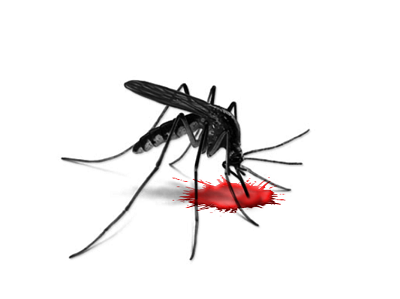
Signs are usually noticed one to three weeks after the horse is bitten. The virus causes inflammation of the brain and spinal cord. Affected horses may show depression, fever, droopy eyes and lips, elevated heart rate, decreased appetite, seizures, and erratic behaviour.
Blood tests may reveal abnormalities in the white cell count. EEE is almost always fatal in equines.
EEE infection is infrequent in humans, with only about 200 confirmed cases in the US in the last 40 years and no confirmed cases in Canada.
The low incidence is attributed partly to the fact that humans are unlikely to encounter infected mosquitoes.
The virus is limited to mosquito species that live in swamps and coastal areas rarely visited by people. In addition, the type of mosquito that most commonly carries the disease and is exclusively responsible for spreading it to horses does not bite humans, and incidence of infection is very low in species that are attracted to humans. Although human infection is uncommon, EEE is fatal in 35 to 50 percent of human cases, and many who survive have severe brain damage and require long-term institutional care.
There is no specific medical treatment for EEE. Care of infected horses and humans is centered around relieving fever and other symptoms. Antibiotics are not effective against the virus that causes EEE.
A vaccine is available to protect horses against EEE. The recommended use is one or two doses per year, although three doses per year are sometimes given in areas where heavy outbreaks have been reported. Horses that have been properly vaccinated have good protection, but some owners choose not to vaccinate their horses as incidence of the disease is normally low. Horse owners should check with local veterinarians for appropriate vaccination protocol in their regions.
An experimental human vaccine has been developed for laboratory use, but at this time preventive vaccination is not available to the public.
Because EEE is spread by mosquitoes, measures to control populations of this insect can limit the likelihood of exposure among humans and unvaccinated horses. Other protective measures for horses and humans include using mosquito repellent, staying indoors at dusk when mosquitoes are most active, avoiding wetlands, and wearing a fly sheet or clothing that covers the arms and legs.
Main article photo: Mosquitoes, potential carriers of EEE and WEE, are most active at dawn and dusk. Stabling horses during these hours can reduce the chance of them being bitten by mosquitoes and subsequently being infected with disease. Credit: Shutterstock/Maidzhi Aleksandra
This article was published in the May 2011 issue of Canadian Horse Journal.



